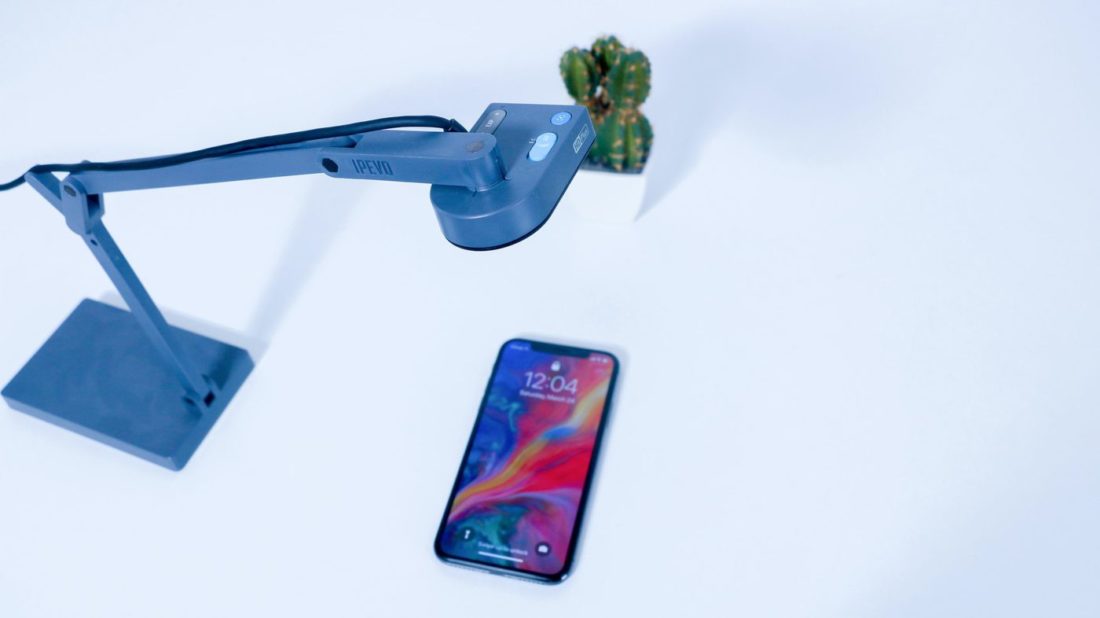
Though it’s only Q1 in 2021, and in-person studies are still months away (post-vaccinations for the majority of the population), at InterQ, we’re already planning and strategizing on projects for Q3 and Q4. Top-of-the list are studies using biometrics. Biometrics, also called neuromarketing, involves combining physiological user data with qualitative data (interview questions and observations) to help us understand physiological and psychological responses. We use biometrics when we’re conducting UX studies on app designs or websites/software, and they’re also highly useful when we’re testing marketing campaigns.
To explain just how illuminating biometrics can be in user study designs, we’ll outline an example of how biometrics can be used to improve app design and enhance UX studies.
Biometrics and app design
In a study we did with one of the most popular social media platforms, we used biometrics and qualitative interviewing to see how people responded to proposed changes to the app. Specifically, the social media company wanted to see how people reacted to a new page they were testing. The company had huge amounts of quantitative data on the page (page views, click-thru rates), but they wanted to also understand how people really felt and responded to the design. To do this, they commissioned a biometric and qualitative study with InterQ.
In one-on-one interviews with participants, lasting approximately a half an hour, we had people use the app on a phone we provided. They were asked to scroll through the app’s pages, switch back and forth between tabs, and try to find some articles we prompted them about. As they did this, we had them hooked up to biometric monitoring devices: They wore galvanic skin response (GSR) sensors on one index finger, and we had the phone positioned on a stand so that their facial expressions could be captured by software that analyzed eye tracking and facial movements. A qualitative researcher sat next to them, asking for their feedback, impressions, and what types of questions they had as they looked through the app. The biometric software we used was able to then record and pair their physiological data with the timing of the researcher’s questions, making analysis more streamlined.
The results were incredibly useful to the social media company: They now had visibility into what types of stimulus in the app’s design either physiologically frustrated or excited people, and from the interviews we conducted, they got detailed feedback on which parts of the design were user-friendly and which aspects were confusing.
These insights were far more detailed than the quantitative data the social media company had collected on their own, and the physiological data told them that some of their designs were actually highly frustrating to people – so much so, that it caused elevated heartrates and a pattern of confused facial expressions.
The social media company then used these insights to improve the design and create user experiences that were more pleasant.
Before you embark on your next UX study, consider biometric research
Most companies in the tech space either employ UX researchers or outsource UX research. However, UX research alone doesn’t give designers in-depth data on how people respond to designs. Biometric research enhances user research studies by showing eye tracking, heart-rate data, facial expression analysis, and a body’s electrical signals. When conducted by experienced researchers, who know how to combine observation and interviewing with the biometric data, teams will get a far richer picture of how users respond to designs.
